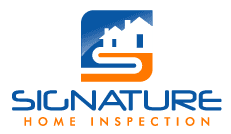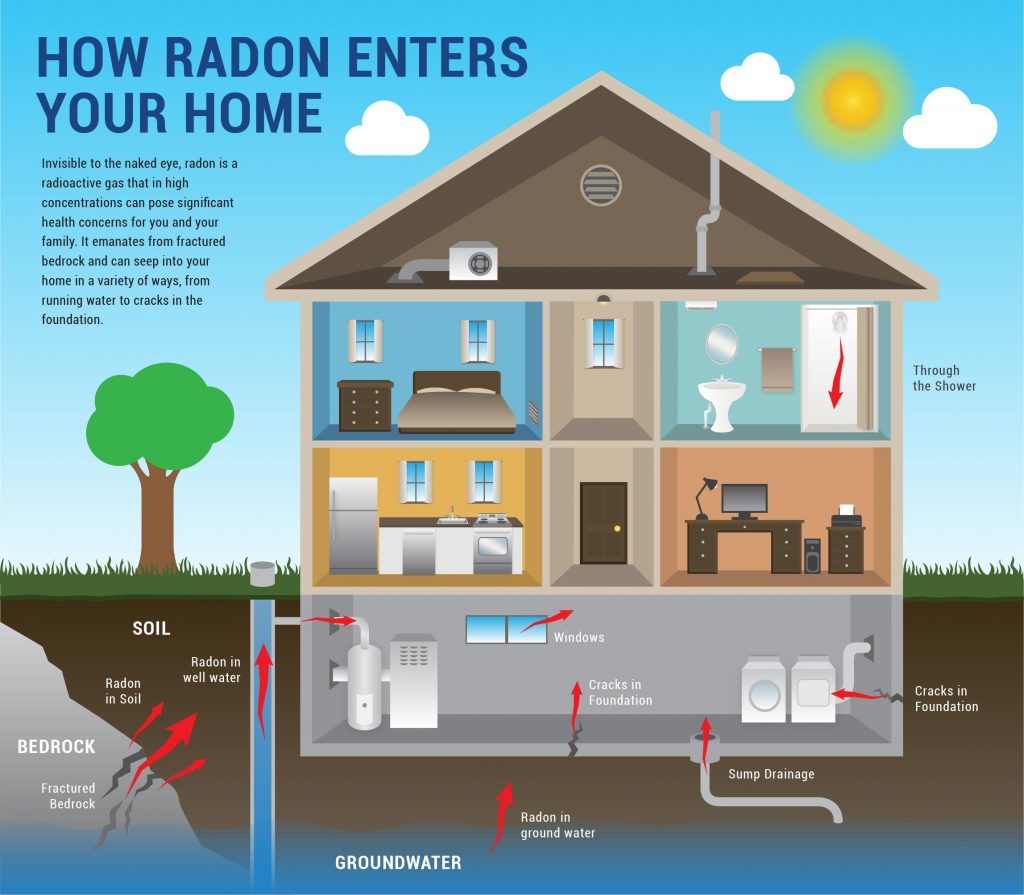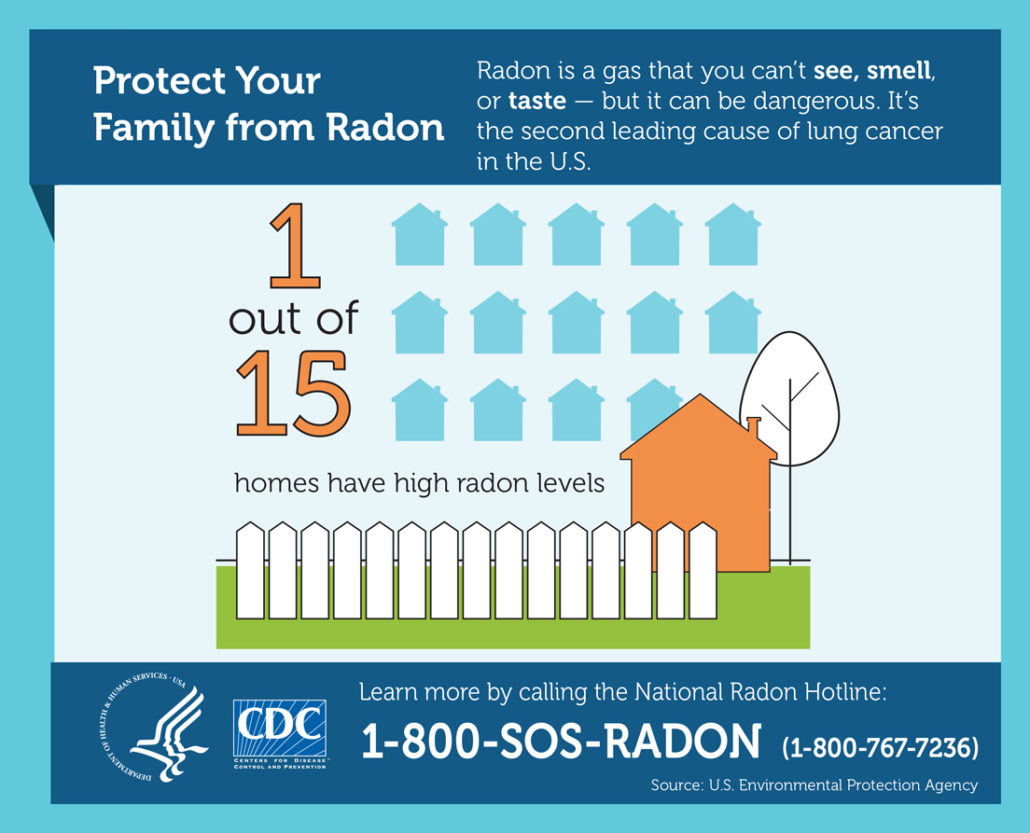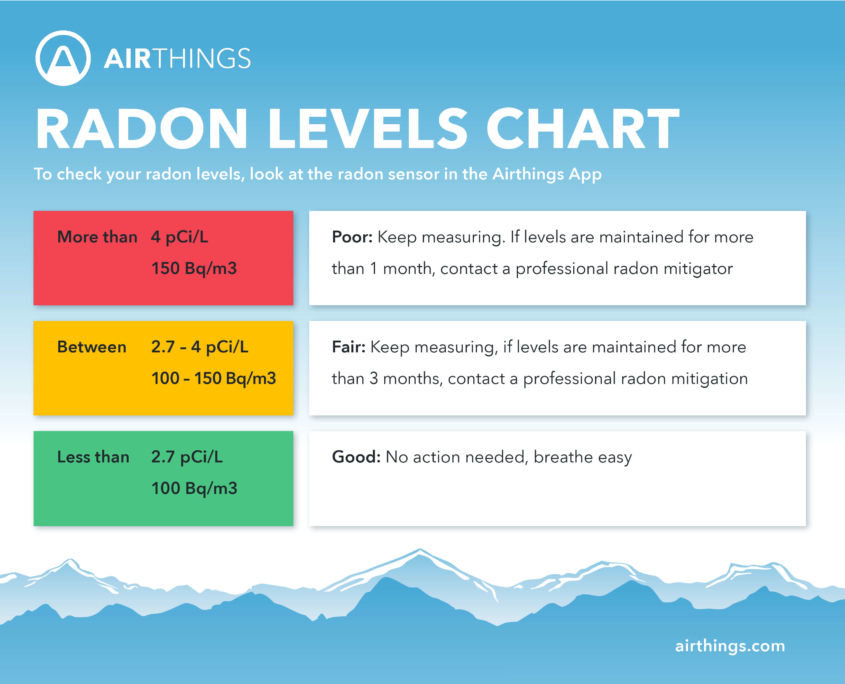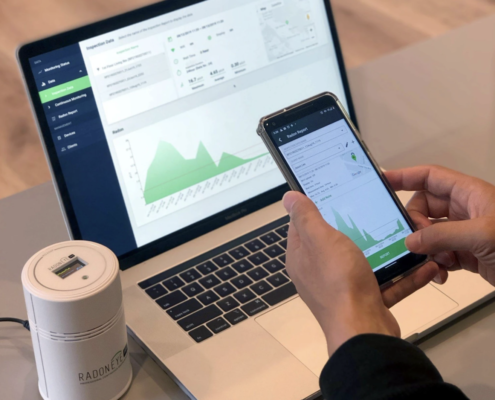Inspection & Testing
Signature Environmental is now offering same-day results for radon testing. With our continuous electronic monitors, we can provide our clients quicker results with higher accuracy than charcoal canisters. Our monitors utilize six sensitive sensors that produce reliable data and less variation; the temperature, barometric pressure, and relative humidity are all incorporated into our reports.
The Benefits of Using Electronic Continuous Monitors vs. Charcoal Canisters
ANALYSIS
Charcoal canisters will only give an average of the radon levels they are exposed to during the 48-hour sampling period; our continuous electronic monitors provide interval reporting every 30 minutes.
TAMPERING
Charcoal canisters are left out and easily tampered with; our continuous electronic monitors can detect fluctuations that may indicate potential tampering (unit movement, windows opening, etc.).
TURNAROUND TIME
Charcoal canisters can take up to several days following the completion of the sampling for results to return from the lab; our continuous electronic monitors allow us to give our clients the results within a few hours after collecting the samples!
The Testing Process
IMPORTANT: The testing of radon levels in your home requires a minimum of 48 hours to complete the sampling using our continuous electronic monitors. If there is a time constraint, such as a pending real-estate transaction, we ask that you please kind this in mind when scheduling.
PREPARING YOUR HOME FOR RADON TESTING
Radon levels can fluctuate inside the home on a daily, and even seasonal, basis. Furthermore, your daily activities, such as turning on ceiling fans and opening doors and windows, can also affect the levels.
Click the button below to download the Radon Agreement Form.
 Home Insurance Renewal Inspections in Irvine: What Homeowners Should KnowMarch 31, 2025 - 12:51 pm
Home Insurance Renewal Inspections in Irvine: What Homeowners Should KnowMarch 31, 2025 - 12:51 pm Newport Beach Home Insurance Renewal Inspections: Avoid These Common IssuesMarch 29, 2025 - 11:14 am
Newport Beach Home Insurance Renewal Inspections: Avoid These Common IssuesMarch 29, 2025 - 11:14 am Home Insurance Renewal Inspection in Orange County: What You Need to KnowMarch 20, 2025 - 8:14 am
Home Insurance Renewal Inspection in Orange County: What You Need to KnowMarch 20, 2025 - 8:14 am Who Hires the Home Inspector When Buying a House?March 5, 2025 - 8:16 am
Who Hires the Home Inspector When Buying a House?March 5, 2025 - 8:16 am